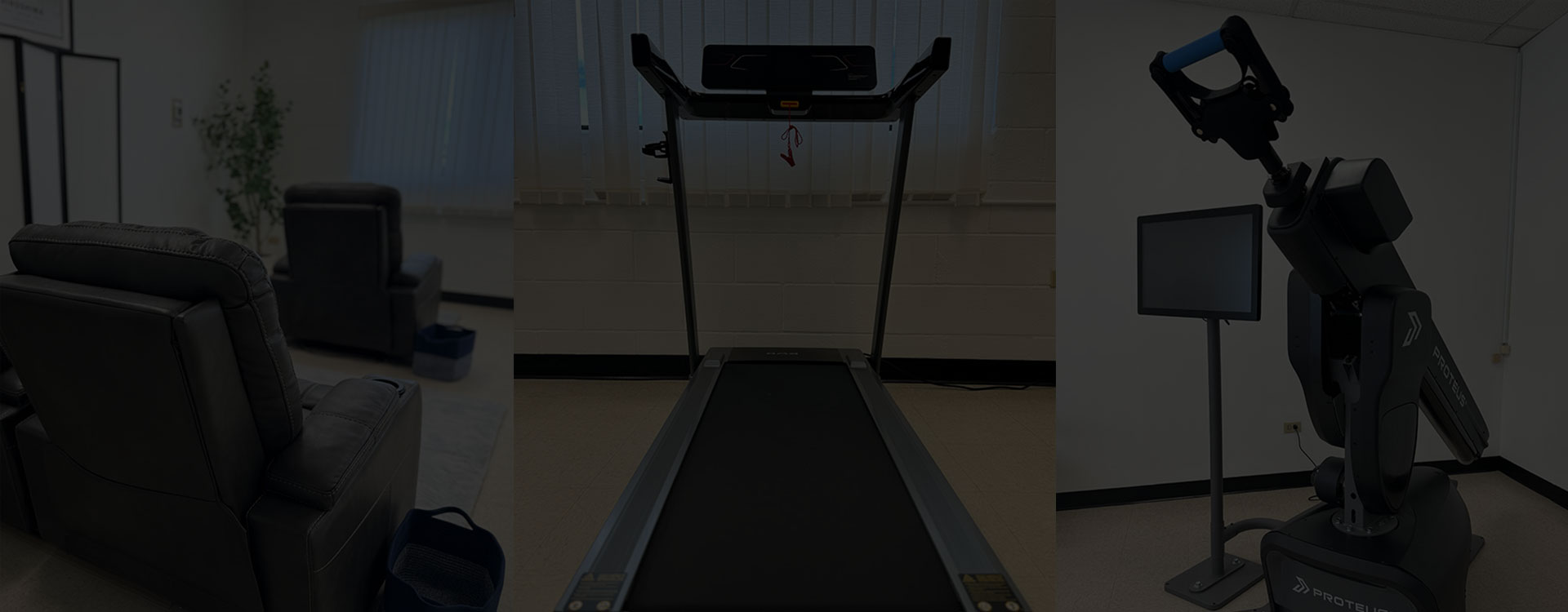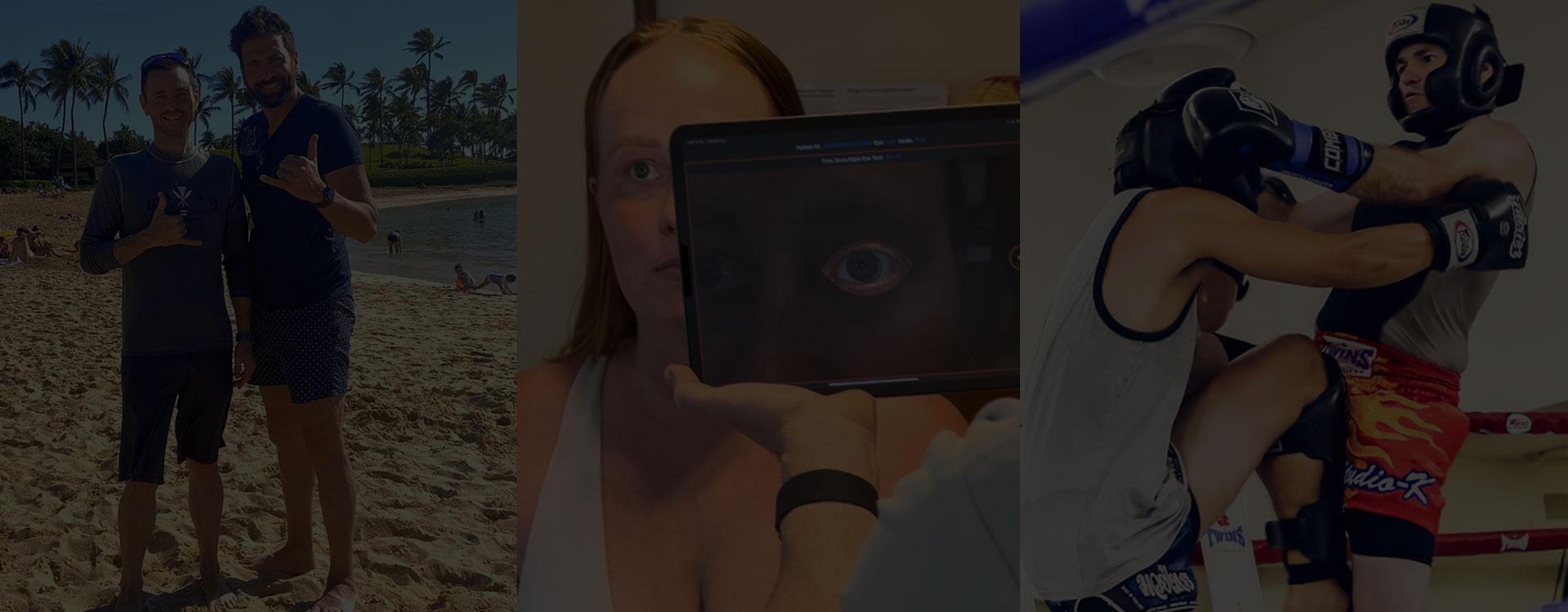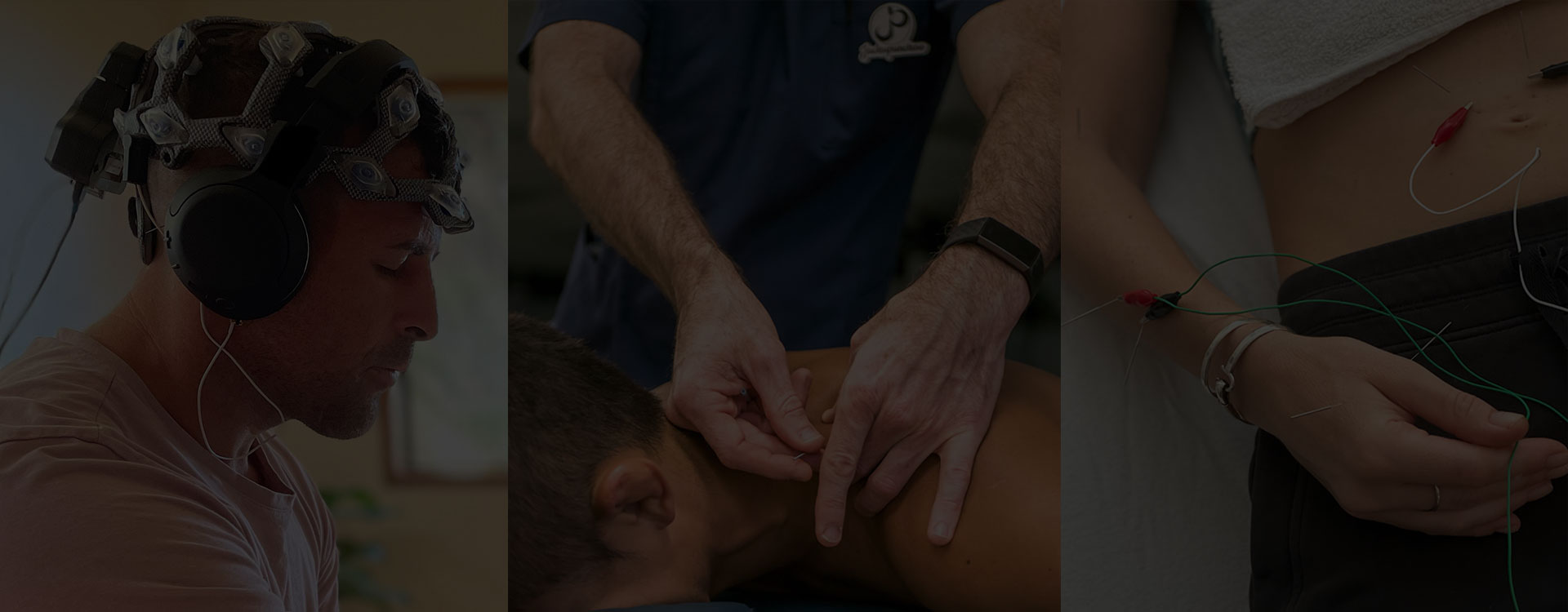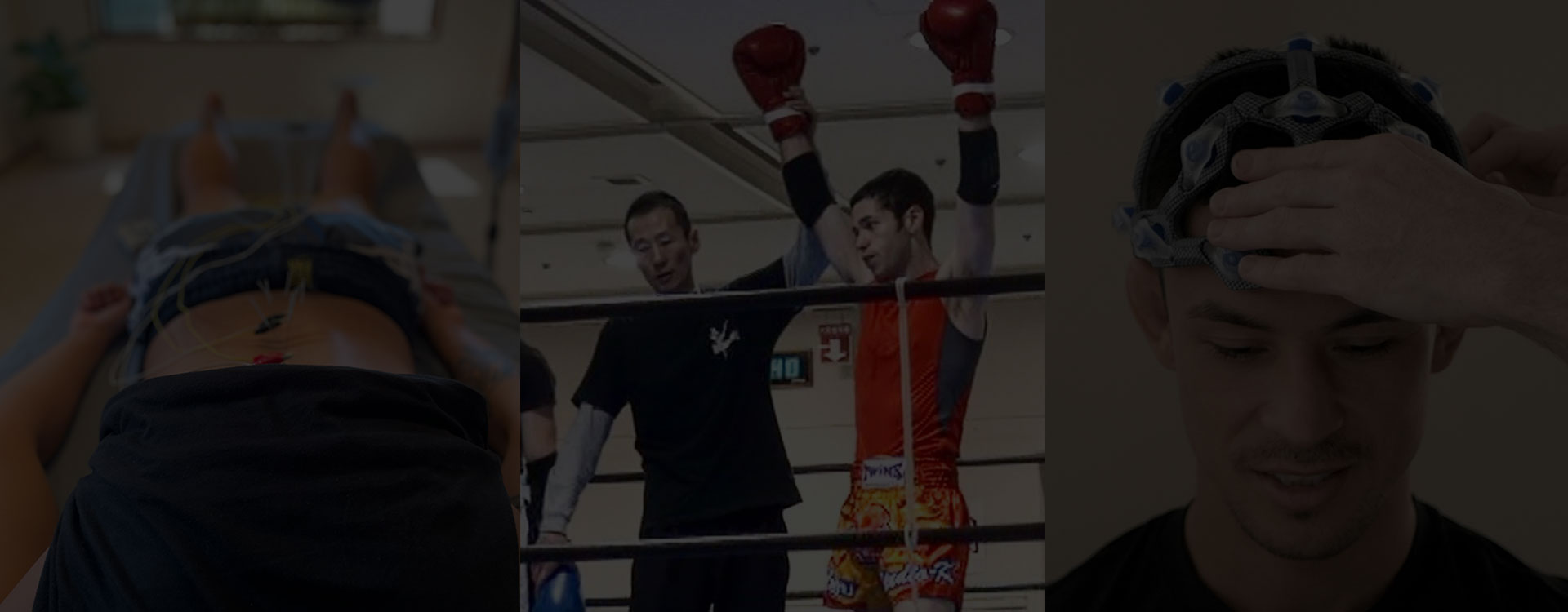Long COVID, also known as Post-Acute Sequelae of SARS-CoV-2 infection (PASC), is a condition where individuals continue to experience symptoms and complications of COVID-19 for an extended period of time, typically lasting beyond the acute phase of the illness. While many individuals recover from COVID-19 within a few weeks, some experience persistent symptoms that can significantly affect their quality of life.
The symptoms of Long COVID can vary widely and affect different body systems. Some common symptoms reported by individuals with Long COVID include fatigue, shortness of breath, chest pain, joint and muscle pain, brain fog, difficulty concentrating, depression, anxiety, insomnia, mood changes, abdominal pain, paresthesia (burning or prickling sensation in hands, arms, feet, legs), and sleep disturbances. Other symptoms such as loss of taste and smell, headaches, dizziness, heart palpitations, and gastrointestinal issues have also been reported.
The exact cause of Long COVID is not yet fully understood. It is believed to be a complex condition that may result from a combination of factors, including persistent viral activity, inflammation, immune dysregulation, and the impact of the initial infection on various organs and systems in the body.
In our clinic, Jackupuncture has consistently helped patients experiencing neuropathy, paresthesia, headaches, brain fog, slowed thinking, depression, anxiety, poor memory, and other physical and neurological issues after COVID infection. We have also had success with the loss of smell and taste experienced by some patients with long-haul COVID.















